Optimal Timing for Sunroom Installations
Understanding the optimal timing for sunroom installations can influence project outcomes and scheduling. Typically, the best time to undertake such projects depends on weather conditions, temperature, and contractor availability. Planning during favorable seasons can ensure smoother construction and better material handling.
Spring offers moderate weather conditions, making it ideal for outdoor construction activities and material installation.
While summer provides longer daylight hours, high temperatures can affect adhesives and sealants, requiring careful scheduling.
Fall typically has cooler temperatures and less rain, which can facilitate efficient installation before winter.
Winter installation is generally discouraged due to cold weather, snow, and shorter days, which can delay progress.
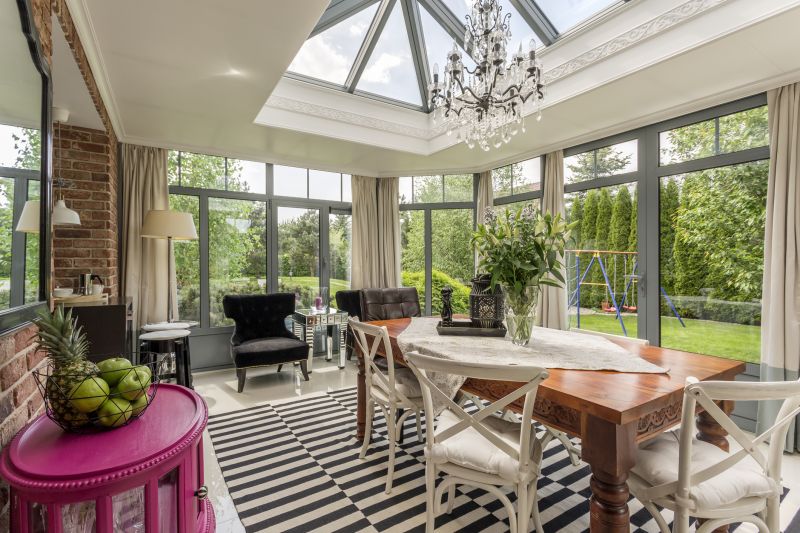
Ways to make Sunroom Installations work in tight or awkward layouts.
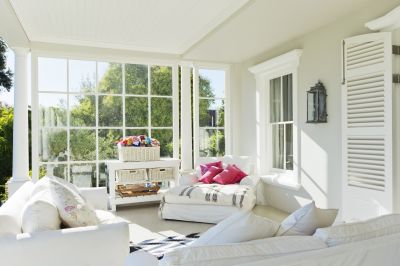
Popular materials for Sunroom Installations and why they hold up over time.

Simple add-ons that improve Sunroom Installations without blowing the budget.
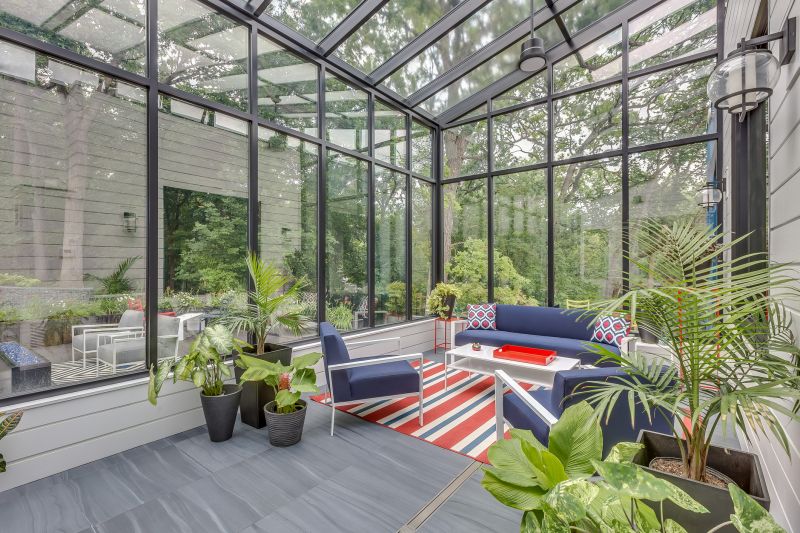
High-end options that actually feel worth it for Sunroom Installations.
Sunroom installations are a popular addition to residential properties, providing extra living space and natural light. Proper timing ensures that the construction process is efficient and that materials are not compromised by adverse weather. Seasonal planning can lead to cost savings and quicker project completion.

Finishes and colors that play nicely with Sunroom Installations.
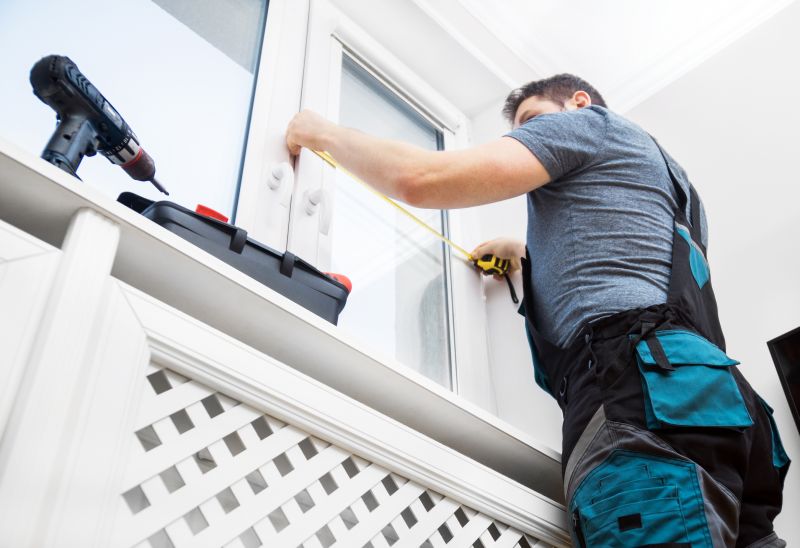
Little measurements that prevent headaches on Sunroom Installations day.
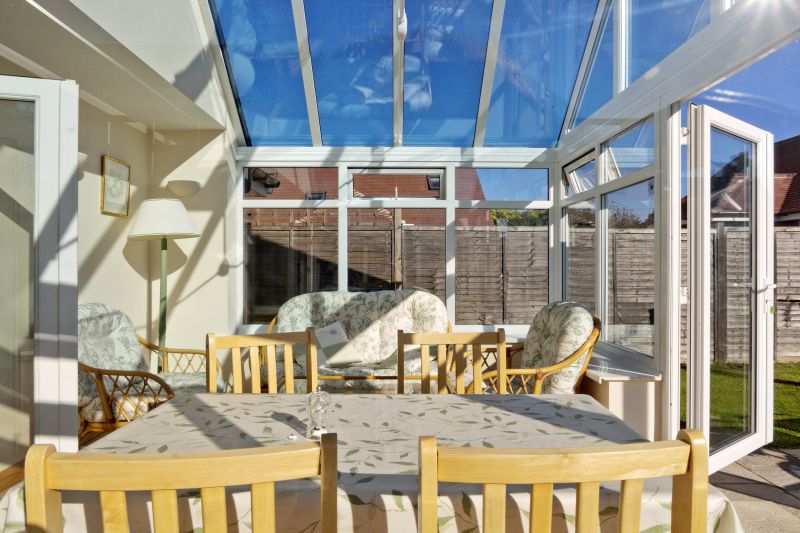
A 60-second routine that keeps Sunroom Installations looking new.

A frequent mistake in Sunroom Installations and how to dodge it.
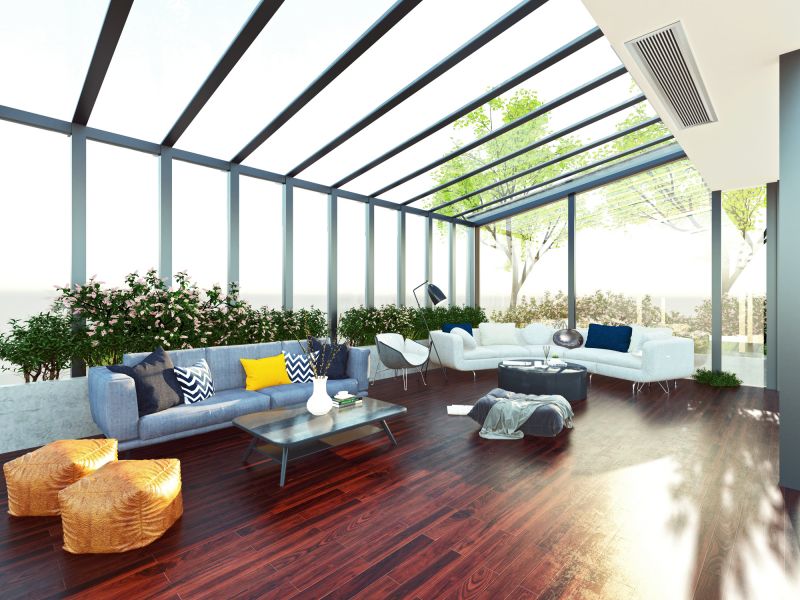
Small tweaks to make Sunroom Installations safer and easier to use.
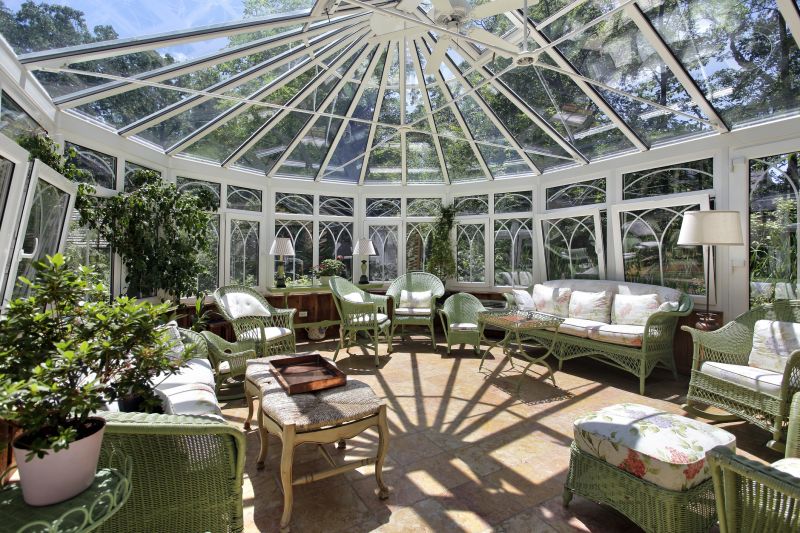
Lower-waste or water-saving choices for Sunroom Installations.

The short, realistic tool list for quality Sunroom Installations.
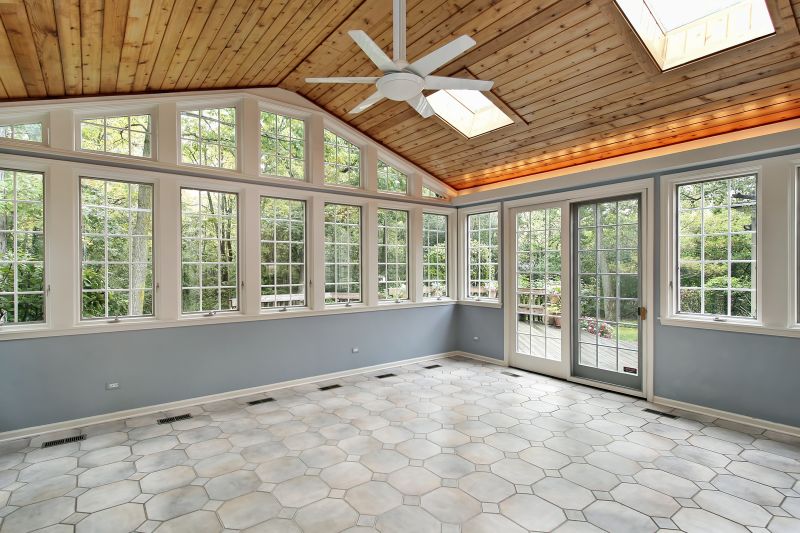
Rough timing from prep to clean-up for Sunroom Installations.
Timing for sunroom installations can also depend on regional climate patterns and personal preferences. Early spring and late summer are often considered optimal, allowing for installation before extreme weather conditions set in. Proper planning ensures that the project aligns with seasonal weather patterns, reducing delays and complications.
| Season | Ideal Conditions |
|---|---|
| Spring | Moderate temperatures, low rainfall, longer days |
| Summer | Longer daylight hours, but high temperatures may require scheduling adjustments |
| Fall | Cooler temperatures, less rain, ideal for completing before winter |
| Winter | Not recommended due to cold weather and snow |
Considering seasonal weather patterns and project timelines can help ensure a successful sunroom installation. Consulting with experienced contractors can provide tailored advice based on local conditions and specific project requirements.
For assistance with planning and scheduling a sunroom project, contact professionals experienced in sunroom installations in Strongsville, OH.


